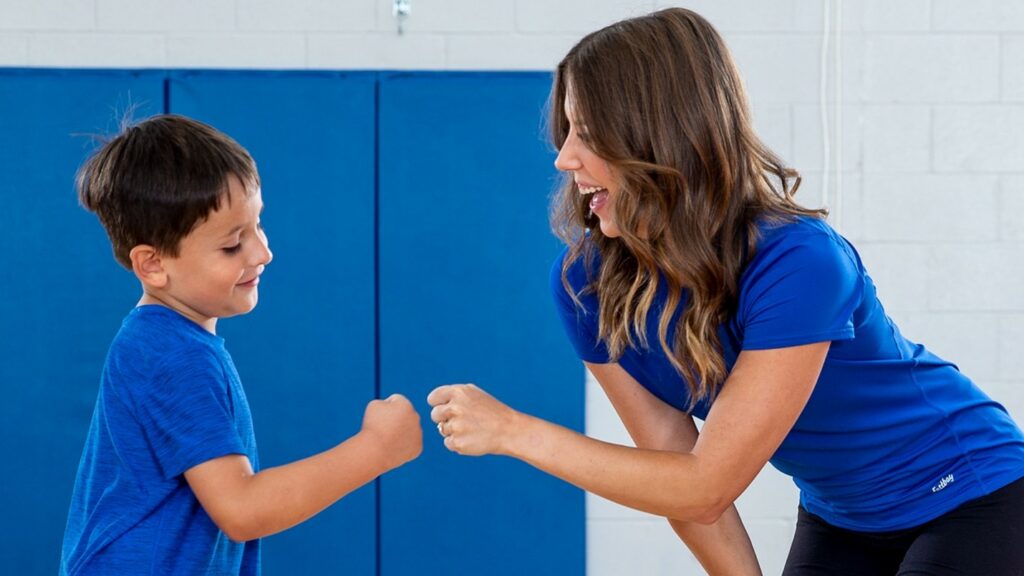
During my career, I have been asked this question many times in many different forms. It may be the most difficult of all questions to answer because every situation is unique. It is hard to accept that some students don’t enjoy being active and fit. Let’s start by accepting that students can’t separate how they feel about their teacher and physical education. If they don’t like PE, they probably don’t have a positive feeling toward their teacher and vice versa. This chicken and egg proposition makes it a difficult situation, but as teachers, we have to take the higher ground and start somewhere. Here are some points for you to consider as you try to establish a connection with unmotivated students.
Use an Individualized Approach
Every student is unique. Understand their strengths, weaknesses, and interests. It is natural to want to label unmotivated students and treat each one in the same way. It takes extra time and effort to “win-over” a student. Often, teachers resent having to spend more time with students who don’t like PE than with students who are self-motivated.
Develop Trust
Establishing trust is key. You can’t walk up to a student, tell them to “get with it” and expect a change in behavior. A needy student needs to know you care about them and that you can be trusted before they will begin to make behavioral changes. Show genuine interest in their well-being and success. Listen to their concerns and be empathetic.
Allow Choice
Let a difficult student know they must be active in class but allow them to personalize the activity and workload they are willing to perform. They may choose something like walking around the activity area or using stretch bands, etc., but sitting out and doing nothing is unacceptable. Most people are willing to perform an activity they have selected. Over time, make it clear that your goal is to integrate them into normal class activities.
Minimize the Fear Factor
There are two types of fear that cause a student to avoid physical activity. The first is the fear of getting hurt. Some students have never experienced playing soccer or performing gymnastic type activities. They are fearful of getting hit with the ball or getting knocked down by another student. Place them in situations where their role is safe in the early stages of participation so they can gain some personal confidence. The second type of fear is the emotional cost of failure. No student wants to cause their team to lose a game or perform so poorly that others laugh at or ridicule them. A reminder that emotional hurts stay with us much longer than physical injuries.
Be Positive with Clear Expectations
Not enjoying physical activity is a learning disability that can impact a student’s quality of life in later years. Use positive reinforcement to acknowledge and reward the efforts and achievements of these students with special needs. At the same time, it is unacceptable for a student to disrupt your class. Set clear expectations and rules for behavior in your class. Consistency tied to caring is important, as it provides a sense of security.
Be Patient and Persistent
Recognize that building rapport with difficult students will take time. Don’t give up and keep trying different approaches. Maintain open and honest communication with both the student and their parents or guardians. Share progress and concerns.
Accept Diversity
Physical education is often a profession of extroverts who enjoy the limelight and being around friends. However, not every student is an extrovert. As many as half of your students are introverts who enjoy activities that are less confrontational and more cooperative. Working in small groups or with a partner or friend may be just what it takes to motivate a student. Friendship and being part of a group often are more important than the activity itself. Allied to this concept, it goes without saying that any type of bullying or teasing may undo all the work you have done to help a student.
Creating an inclusive and respectful environment is crucial for motivating students. A healing environment reflects a deep understanding of the complexities of connecting with students who may have reservations about physical activity. Help students help themselves. Thanks for being a caring teacher.




